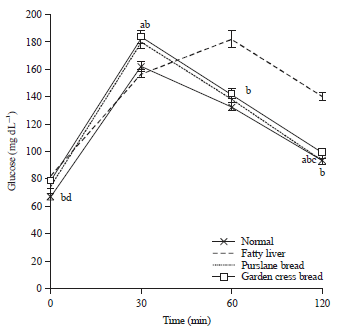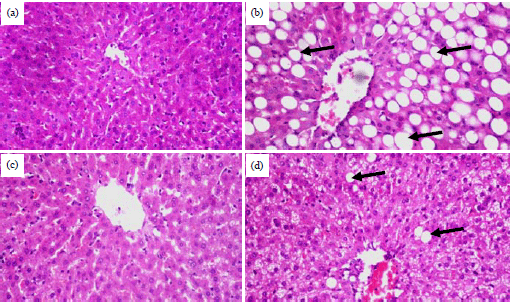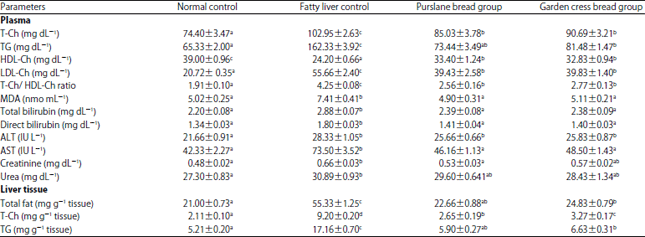Research Article
Preparation and Evaluation of Functional Foods for Prevention of Non-alcoholic Fatty Liver Disease
Department of Nutrition and Food Sciences, National Research Centre, Dokki, Cairo, Egypt
LiveDNA: 20.18316
Sherein S. Abdelgayed
Department of Pathology, Faculty of Veterinary Medicine, Cairo University, Egypt
Hend A. Essa
Department of Nutrition and Food Sciences, National Research Centre, Dokki, Cairo, Egypt
Rasha S. Mohamed
Department of Nutrition and Food Sciences, National Research Centre, Dokki, Cairo, Egypt
LiveDNA: 20.24942














